On March 30, at Nghinh Luong Dinh relic, the Department of Culture and Sports of Hue city held a ceremony to receive the title of National Intangible Cultural Heritage "Hue Nam Palace Festival."
Director of the Department of Culture and Sports of Hue City Phan Thanh Hai said that through many historical ups and downs, the Hue Nam Temple Festival is still held according to traditional rituals imbued with the identity of Vietnamese folk culture. This is also an occasion for the beauty of the practice of the Vietnamese Mother Goddess worship (an Intangible Cultural Heritage recognized by UNESCO) to be uniquely expressed.
Hue is honored and proud to have another heritage included in the National Intangible Cultural Heritage List. This is a common heritage of the community, held by the community and jointly protected and promoted for sustainable value.
In the coming time, Hue city will be determined to preserve, promote and further spread the value of the National Intangible Heritage: "Hue Nam Palace Festival" in the context of contemporary society.
The Hue Nam Temple Traditional Festival (commonly known as Hon Chen Temple) is held at the main location of Hue Nam Temple, located in Hai Cat village, Long Ho ward, Hue city. This is a folk festival but blends in the unique royal cultural elements of Hue.
Through a long process of formation and development, the festival has increasingly attracted a large number of people and tourists from all over the world to participate.
In the beginning, the festival only took place within the Hue Nam palace, later with the participation of Hai Cat villagers and gradually became widely popular among the people.
Nowadays, the Hue Nam Temple Traditional Festival carries the characteristics of the Holy disciples worshipping the Mother Goddess in Vietnam, becoming a typical cultural product of Hue and spreading strongly to many regions in the country.
The festival is held regularly twice a year in the third and seventh lunar months.
The festival has important forms such as the welcoming ceremony of the Holy Mother and the deities at the 352 Chi Lang Temple through the procession by road and waterway, the Cao Nieu ceremony, the Chanh Te ceremony at Hue Nam Temple and Hai Cat communal house; religious activities, performing the Hau Dong ceremony on the altars.

This traditional festival has brought people closer together, contributing to building an advanced Vietnamese culture imbued with national identity.
Hue Nam Temple Festival is a form of cultural and folk religious activity, aiming to satisfy spiritual and cultural needs and contribute to enriching the local cultural life.
Festivals are a manifestation of human faith in the spiritual space, expressing the morality of "remembering the source of water" and reverence for the gods through specific acts of gratitude, creating a means of connection between humans and supernatural powers.
Rituals such as the ceremony to welcome the Holy Mother and the deities, the announcement ceremony, the main ceremony, the spirit mediumship as well as the offerings that people offer to the Holy Mother are products they themselves made from farming, raising animals or fishing, etc. are vivid evidence of the respect of the holy disciples towards the deities. Through the festival, the boundary between the deities and mortals is brought closer together.
Forms such as traditional ceremonies, Mother Goddess processions, singing, and spirit mediumship performed in the Hue Nam Temple Festival are considered a living museum preserving history and culture over time. It is a treasure trove of legends and myths associated with the Mother Goddesses and deities in the Mother Goddess worship belief; it is a living environment for forms of ceremonies, performances with music, singing and dancing, forms, decorations, humanistic concepts, cuisine, and traditional dress of the Vietnamese people.
With its unique values, on December 10, 2024, the Minister of Culture, Sports and Tourism issued Decision No. 3981/QD-BVHTTDL to include the traditional festival "Hue Nam Palace Festival" in the list of national intangible cultural heritage./.
Source: https://www.vietnamplus.vn/le-don-nhan-danh-hieu-di-san-van-hoa-phi-vat-the-quoc-gia-le-hoi-dien-hue-nam-post1023607.vnp


![[Photo] Prime Minister Pham Minh Chinh chairs the first meeting of the Steering Committee on Regional and International Financial Centers](https://vstatic.vietnam.vn/vietnam/resource/IMAGE/2025/4/3/47dc687989d4479d95a1dce4466edd32)
![[Photo] A brief moment of rest for the rescue force of the Vietnam People's Army](https://vstatic.vietnam.vn/vietnam/resource/IMAGE/2025/4/3/a2c91fa05dc04293a4b64cfd27ed4dbe)
![[Photo] General Secretary To Lam receives Japanese Ambassador to Vietnam Ito Naoki](https://vstatic.vietnam.vn/vietnam/resource/IMAGE/2025/4/3/3a5d233bc09d4928ac9bfed97674be98)
![[Photo] Prime Minister Pham Minh Chinh chairs meeting after US announces reciprocal tariffs](https://vstatic.vietnam.vn/vietnam/resource/IMAGE/2025/4/3/ee90a2786c0a45d7868de039cef4a712)

![[Photo] Ho Chi Minh City speeds up sidewalk repair work before April 30 holiday](https://vstatic.vietnam.vn/vietnam/resource/IMAGE/2025/4/3/17f78833a36f4ba5a9bae215703da710)

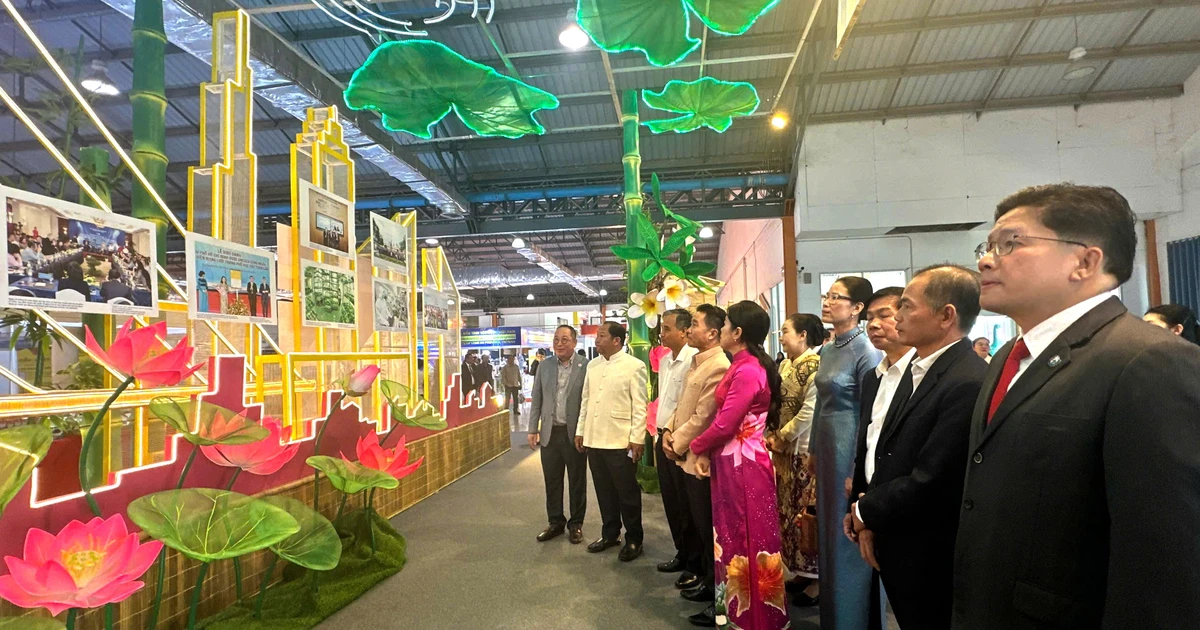
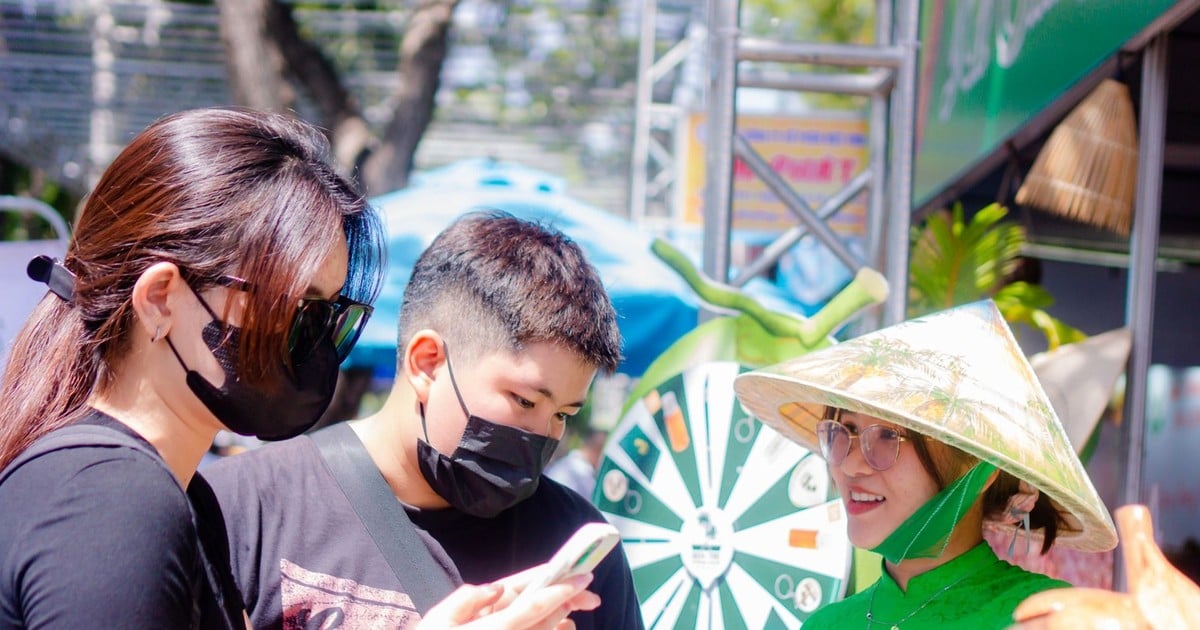
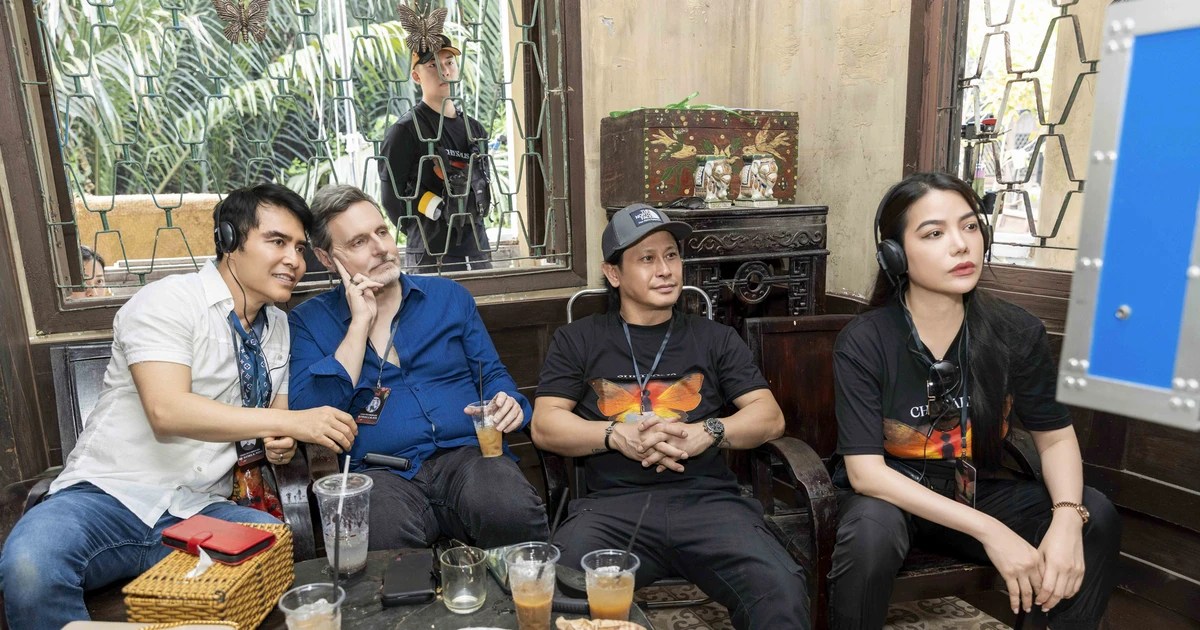

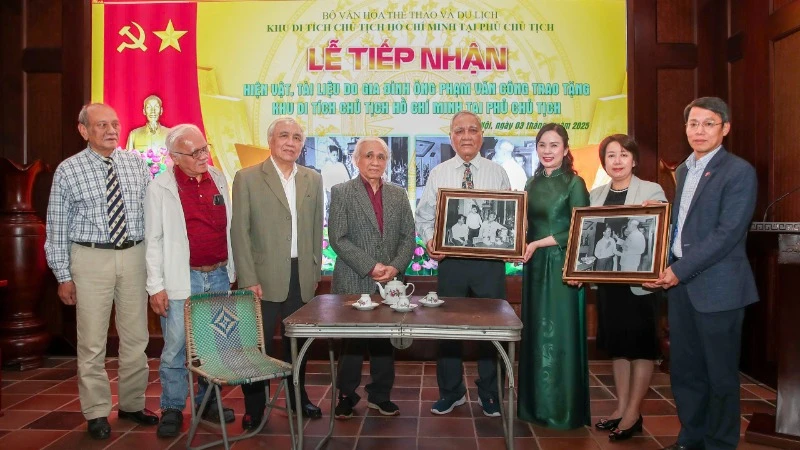






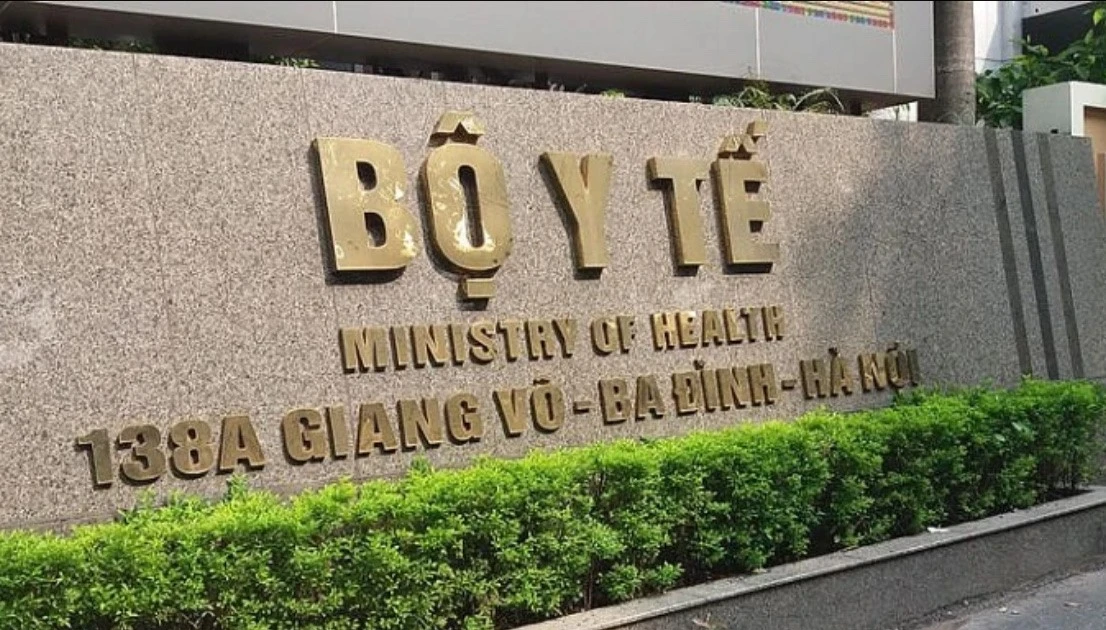


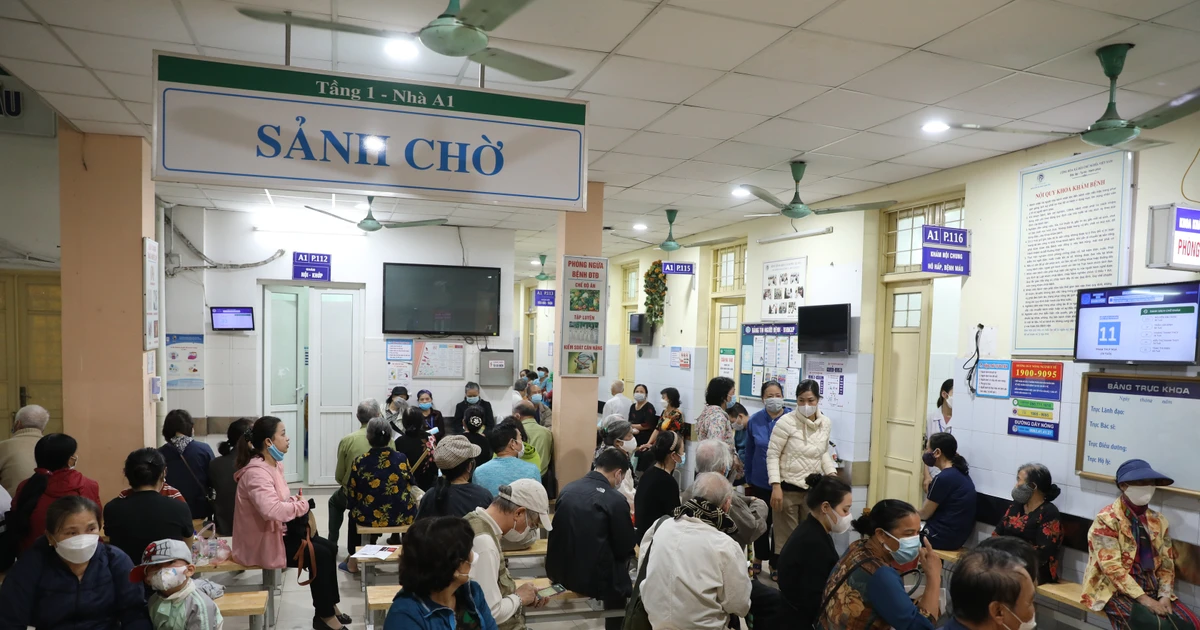





































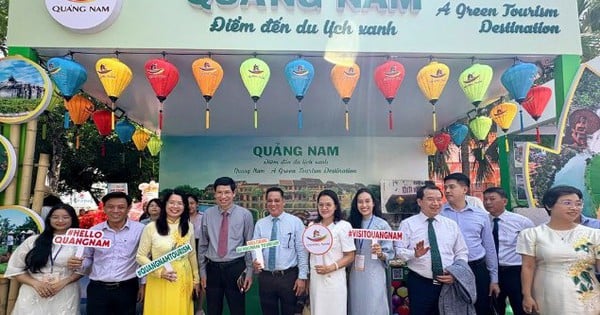






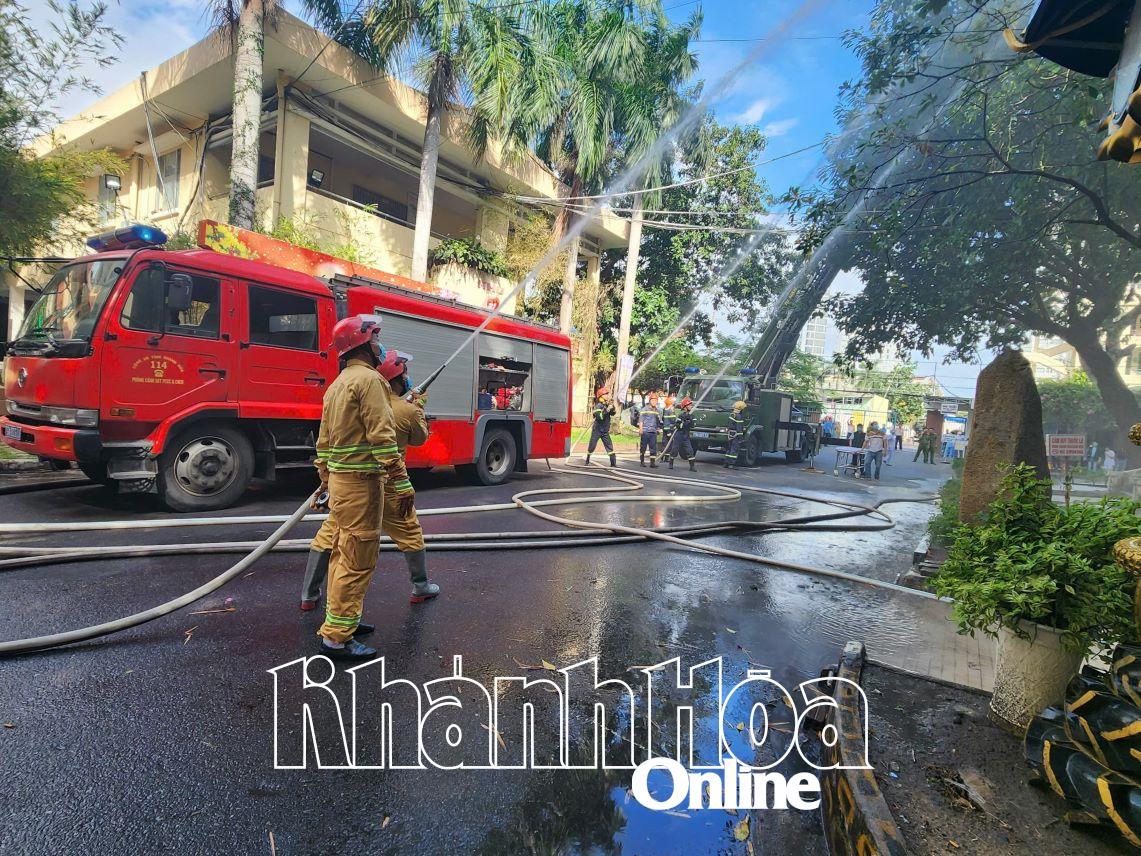

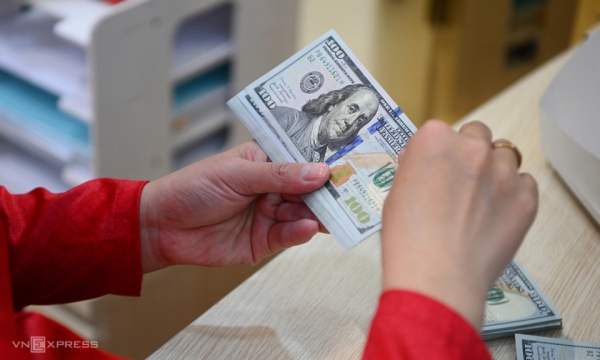
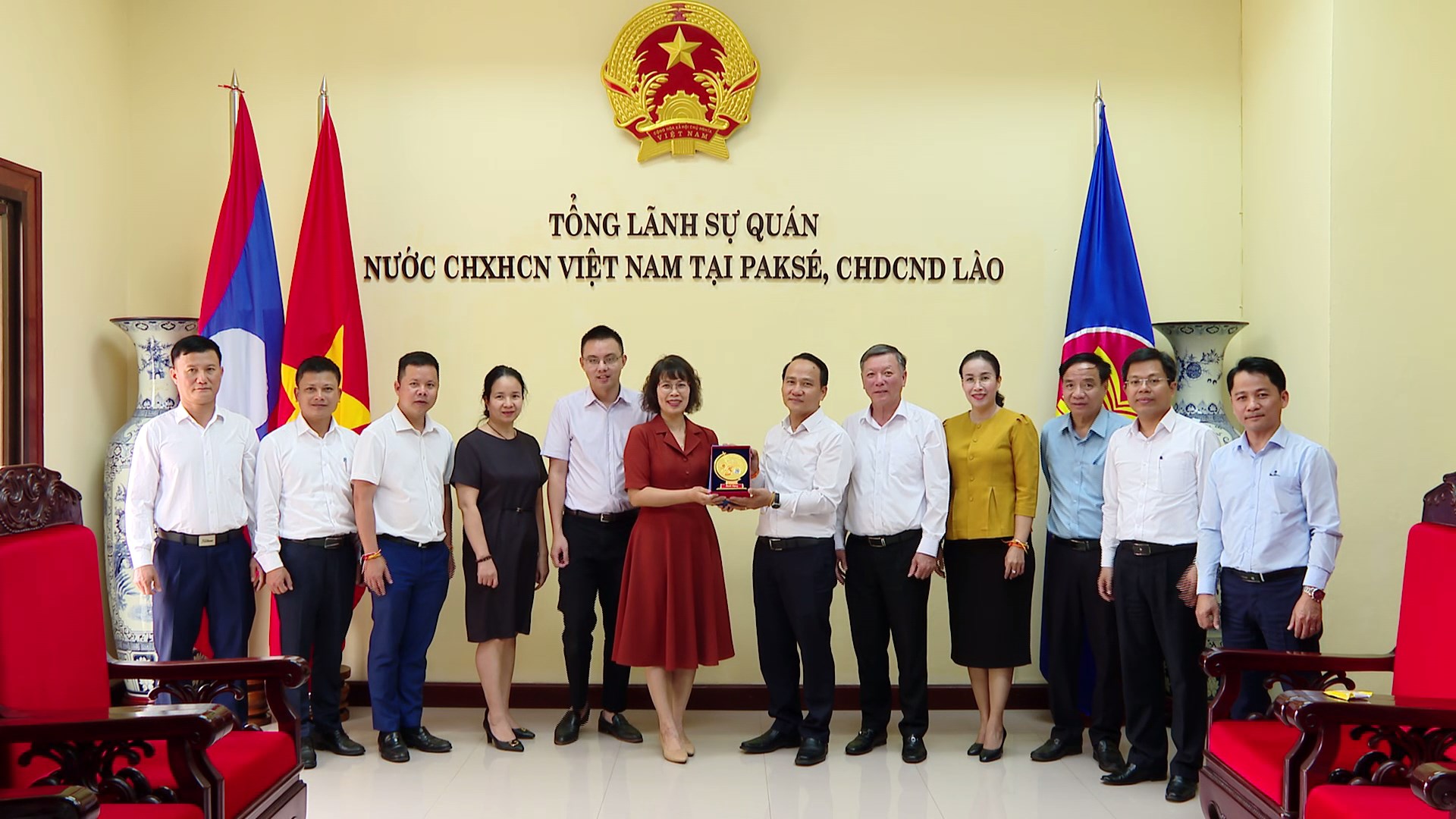

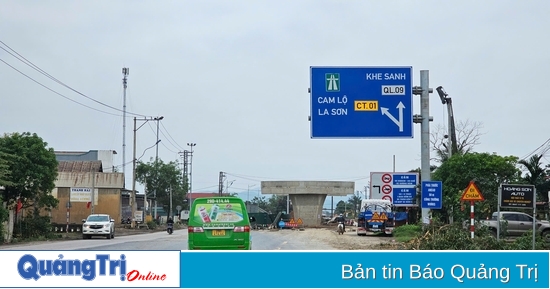













Comment (0)